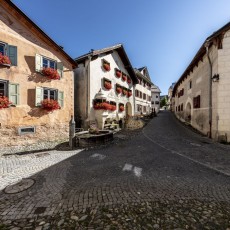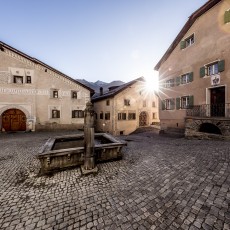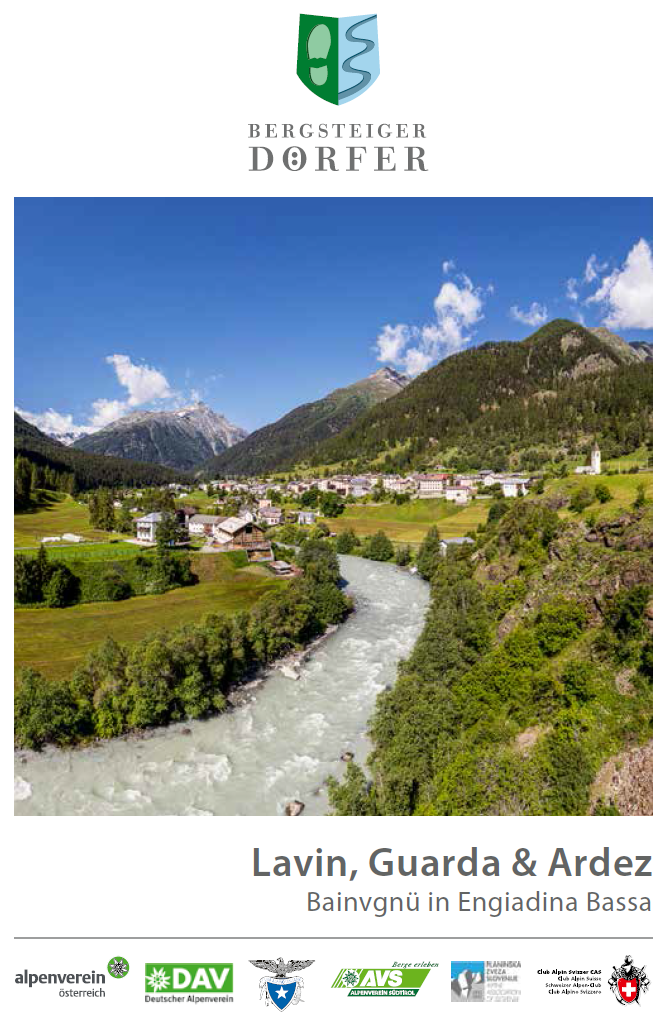At the easternmost tip of Switzerland, the world is still as it was at the time of our great-grandparents. 170 square kilometers of nature, in whose development man has not intervened for 100 years. About 100 years ago, visionaries founded the Swiss National Park and thus created a unique oasis of nature. Their goal: to preserve a piece of primeval wilderness in the Engadine for posterity. The 213-strong village of Lavin, one of four fractions of the municipality of Zernez, is the starting point to the Macun lake district, which is also fondly called the pearl of the national park.
A revair e fin bainbod in Engiadina Bassa
Emil Müller
President of the merged municipality of Zernez
Character-rich Engadine villages with countless scenic, linguistic, historical and architectural peculiarities reflect the natural and cultural diversity of our mountain world in the smallest of spaces. Which is not surprising: After all, high mountains and deep valleys have permeated and shaped our landscape since time immemorial. They shape our character, influence our attitude and sensitise us to our dependence on an all-dominating nature.
A revair e fin bainbod in Engiadina Bassa
Christian Fanzun
President of the merged municipality of Scuol
Communities
Guarda and Ardez have politically belonged to the municipality of Scuol since 2015, Lavin and its neighbouring village Susch to Zernez. Lavin is outwardly very different from the other villages in the valley, the architecture and appearance is characterised by “Italianità”, the distances between the houses are larger. The reason for this is the
In contrast, typical Engadine houses decorated with sgraffito can be found in Guarda, on the sunny slope at 1650 metres. In contrast to many other villages, Guarda was spared fires. Lavin and Guarda each have a population of around 200, while Ardez, together with the small hamlets of Boscha and Sur En, has twice that number. Ardez with its narrow streets and typical Engadine houses is dominated by the ruins of Steinsberg Castle.
Romanesque culture
Throughout the Lower Engadine, Romansh is spoken predominantly, or more precisely “Vallader”, which together with the Upper Engadine “Puter” and the “Jauer” in Val Müstair forms the Engadine Romansh. As an integral part of the regional culture, one encounters Romansh or Rumantsch not only in songs and books, but also everywhere on the street and at school. Romansh is the only language of instruction until the end of the third grade.
After that, German is learned as the first “foreign language”. Although all the people of Lower Engadin speak German, they are happy to receive an “allegra” or “bun di”, even if it is not pronounced perfectly.
You can find more information about the Lower Engadine here










